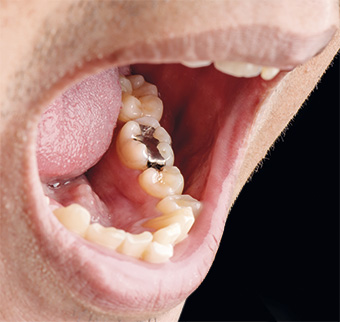IDA reissues amalgam advice
Association forced to act after newspaper reports
The Irish Dental Association (IDA) has moved to remind dental practices of their legal responsibilities surrounding amalgam separation after newspaper reports raised public health concerns.
The Irish Examiner has claimed that one in six dental practices seeking HSE contracts in the last three years did not have amalgam separators installed. Citing documents released under the Freedom of Information Act, the paper claimed that, out of 194 practices that put themselves forward for a public contract since July 2013, 34 failed inspections as they were not using amalgam separators.
However, IDA chief executive Fintan Hourihan questioned whether the figures were up to date, saying: “I would have thought that the one-in-six figure would be considerably lower if the question was asked today.
“I know from people in the trade who supply amalgam separators that there has been a big uptake so I would expect that the overwhelming majority of dentists have separators in place.”
The association has since published its advice on dental amalgam on its website (http://www.dentist.ie), reiterating the Dental Council’s standards on the issue which were published in 2015 along with its own guidance that all practitioners fit amalgam separators to their suction units.
The IDA also moved to assure the public about the safety of dental amalgam in the mouth saying: “Dental amalgam has been used on patients for over 150 years. All available worldwide research indicates that amalgam is not harmful to health. This view is endorsed by the International Dental Federation, the International Association for Dental Research, the US Department of Health and Human Services, and many dental associations, including the American, British and Canadian associations.
“No government or reputable scientific, medical or dental body anywhere in the world accepts, on any published evidence, that dental amalgam is a hazard to health. Ireland is a signatory to the UN Minamata Convention which commits to reducing rather than abolishing the use of dental amalgam.”

